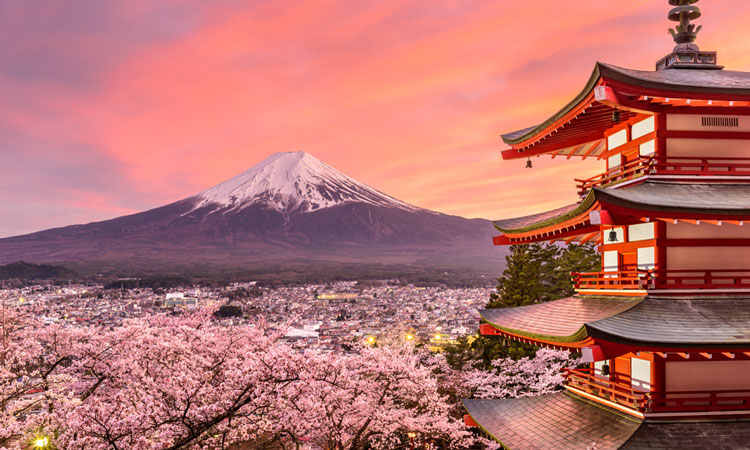Record numbers of tourists visited Japan last year, according to figures released on Wednesday. The combination of a weak yen and the allure of Japan as a “bucket list” destination has drawn visitors despite complaints of overcrowding in popular locales like Kyoto.
In 2024, Japan welcomed over 36.8 million tourists, surpassing the previous record of nearly 32 million set in 2019, as reported by the Japan National Tourism Organization. This surge marks a significant rebound from the downturn caused by the Covid-19 pandemic, with visitor numbers increasing more than fourfold since 2012.
Government initiatives promoting attractions, ranging from the stunning slopes of Mount Fuji to the hidden shrines and sushi bars across the archipelago, have contributed to this growth. The depreciating yen, which has fallen against other currencies over the past three years, has made many experiences—such as enjoying a bowl of ramen or purchasing a handcrafted Japanese knife—more affordable.
Naomi Mano, president of hospitality and events company Luxurique, commented that Japan has long been a “bucket list” destination, saying it feels like the country is offering a “30 percent off sale” at the moment.
- Future Aspirations
The Japanese government has set an ambitious goal to nearly double tourist numbers to 60 million annually by 2030. Authorities aim to distribute visitors more evenly across the country to prevent congestion at seasonal hotspots like cherry blossoms in spring and vibrant autumn foliage.
However, similar to other global tourist destinations like Venice, there is growing resistance from local residents in areas like Kyoto, the ancient capital known for its geisha culture and historic temples. Locals have voiced concerns about unruly tourists invading personal spaces for photographs, contributing to traffic issues, and littering.
To address these challenges—and capitalize on tourism—the city of Kyoto announced plans to increase lodging taxes aimed at achieving “sustainable tourism” that satisfies residents, visitors, and businesses alike. Tourist Larry Cooke, 21, agreed, stating that while taxing tourists might be beneficial if there are burdens on infrastructure, finding the “right balance” is essential.
- Tourism Management
In response to the situation, officials have been implementing various measures, such as instituting entry fees and capping the number of climbers on Mount Fuji. Last year, a barrier was briefly placed outside a convenience store to prevent people from blocking the road while taking photos of the iconic snow-capped volcano.
Many Japanese businesses are struggling to keep up with rising hotel prices in major cities due to high tourist demand. Several managers reported they are exploring more affordable alternatives, including Airbnb accommodations and the famously compact capsule hotels. IT company chief Yoshiki Kojima opted for a capsule hotel with slightly larger sleeping pods, which his employees have enjoyed for their clean and convenient setups alongside traditional bathhouses.
- Economic Impact
Despite the challenges, the economic benefits of tourism are undeniable. Experts indicate that tourism has become the second-largest source of income for Japan after vehicle exports. With a population of 124 million, Japan still attracts notably fewer tourists compared to top destination France, which welcomed 100 million visitors in 2023 with its smaller population of 68 million.
Mano emphasizes that the overtourism challenges are largely concentrated in specific cities. For instance, the number of foreign visitors to Tokyo has doubled since 2019, while Osaka experienced a 1.5 times increase. She believes the government can alleviate these pressures by promoting lesser-known regions of Japan and enhancing access to information, thereby enabling easier booking of activities in rural areas.













